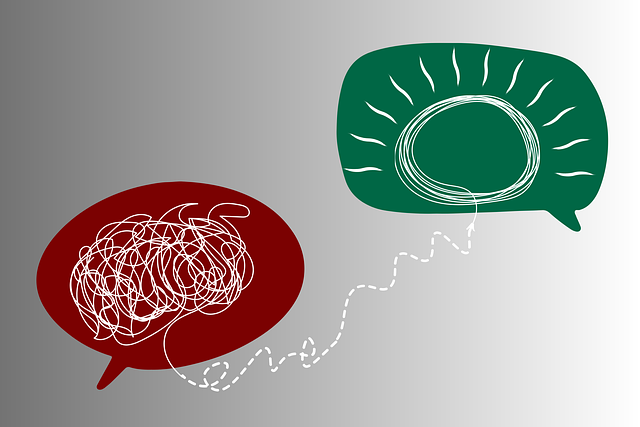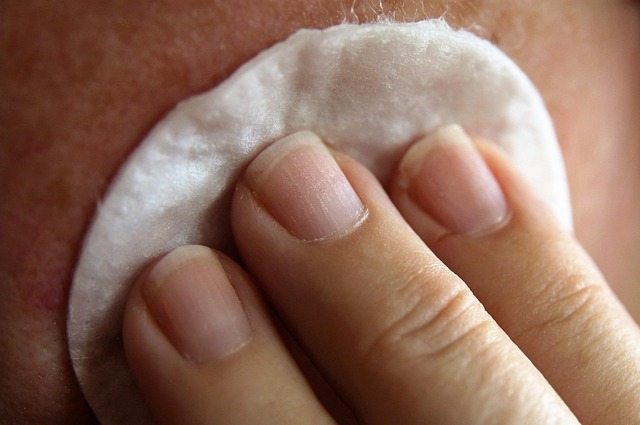Adolescent depression requires early identification and specialized depression treatment programs. Key indicators include persistent sadness, loss of interest, changes in appetite/sleep, fatigue, difficulty concentrating, social withdrawal, irritability, restlessness, and academic declines. Programs integrate family involvement, cognitive-behavioral therapy (CBT), mindfulness practices, antidepressant medications, art/music therapy, group therapy, lifestyle changes, and peer support groups to effectively manage symptoms and promote recovery.
Depression among adolescents is a growing concern, yet understanding its nuances and effective treatment options remain pivotal. This comprehensive guide explores various aspects of adolescent depression therapy, from recognizing signs and symptoms to innovative therapeutic approaches like cognitive behavioral therapy, art therapy, and group support. We delve into the role of family involvement, medication management, lifestyle adjustments, and accessible resources, offering a holistic perspective on depression treatment programs tailored for this vulnerable demographic.
Understanding Adolescent Depression: Signs and Symptoms

Adolescent depression is a serious mental health concern that requires early identification and appropriate intervention. Unlike adults, teens often express their emotional distress differently, making it crucial to be aware of unique signs and symptoms. Depression in adolescents can manifest as persistent feelings of sadness, loss of interest in activities once enjoyed, changes in appetite and sleep patterns, fatigue, difficulty concentrating, and thoughts of death or suicide.
Behavioral shifts may include social withdrawal, increased irritability, restlessness, or a significant drop in academic performance. Recognizing these signs is essential as untreated adolescent depression can have long-lasting effects on overall well-being and future development. Effective depression treatment programs tailored for this age group focus on cognitive-behavioral therapy, family involvement, and building coping strategies to help teens navigate their emotions and regain a sense of control over their lives.
The Role of Family in Supportive Therapy

Family involvement plays a pivotal role in adolescent depression therapy, offering a supportive environment crucial for recovery. Many effective depression treatment programs recognize that teens don’t exist in a vacuum; their emotional well-being is deeply intertwined with their family dynamics. By engaging parents or caregivers, therapists can provide guidance on fostering open communication, improving conflict resolution skills, and promoting healthier coping mechanisms within the household. This collaborative approach not only strengthens the therapeutic process but also equips families with the tools to be ongoing advocates for their teen’s mental health.
Additionally, family therapy sessions create a safe space for teens to express themselves while witnessing positive interaction models. Seeing loved ones model healthy behaviors and emotional regulation can significantly impact a young person’s ability to manage their own depressive symptoms. This supportive network is essential in reinforcing new coping strategies learned during individual therapy, solidifying the overall effectiveness of depression treatment programs tailored for adolescents.
Cognitive Behavioral Therapy for Mindful Coping

Cognitive Behavioral Therapy (CBT) is a highly effective depression treatment program for adolescents, focusing on identifying and changing negative thought patterns and behaviors. This therapy teaches young individuals to develop mindfulness skills, enabling them to cope with depressive symptoms more effectively. By learning to recognize and challenge distorted thinking, CBT helps adolescents replace unhealthy habits with healthier alternatives.
Mindfulness practices within CBT encourage present-moment awareness, helping teens calm their minds and reduce rumination. Through guided meditation and other techniques, they learn to accept their emotions without judgment. This increased self-awareness allows for better stress management and improved emotional regulation, which are crucial components of depression treatment programs tailored for adolescents.
Medication Options: Antidepressants and Their Effects

Antidepressant medications play a significant role in depression treatment programs for adolescents, offering a way to balance brain chemicals that may be contributing to their symptoms. Selective serotonin reuptake inhibitors (SSRIs) and serotonin-norepinephrine reuptake inhibitors (SNRIs) are commonly prescribed types. SSRIs increase serotonin levels by blocking its reabsorption into neurons, while SNRIs block the reuptake of both serotonin and norepinephrine, allowing these neurotransmitters to remain active in the brain longer.
These medications can help alleviate symptoms such as persistent sadness, loss of interest in activities once enjoyed, changes in appetite or sleep patterns, fatigue, feelings of worthlessness, and difficulty concentrating. However, it’s crucial to remember that antidepressants are typically used in conjunction with psychotherapy for optimal results. They may take several weeks to start working, and monitoring by a healthcare provider is essential to ensure safety and effectiveness, as there can be side effects or interactions with other medications.
Creative Outlets: Art and Music as Therapeutic Tools

For adolescents navigating depression, creative outlets like art and music can serve as powerful therapeutic tools within comprehensive depression treatment programs. Engaging in artistic expression allows teens to process and communicate complex emotions that might be difficult to articulate verbally. The act of creating—be it painting, drawing, sculpting, or playing an instrument—provides a safe, non-verbal means of release and self-exploration.
These creative processes encourage adolescents to symbolically represent their inner experiences, fostering a sense of agency and emotional understanding. Moreover, art and music therapy sessions can be highly adaptable, catering to individual preferences and learning styles. This personalized approach ensures that each adolescent finds a therapeutic outlet that resonates with them, contributing significantly to their overall recovery journey within depression treatment programs.
Group Therapy: Building Peer Connections

Group therapy is a powerful component of many depression treatment programs designed for adolescents, offering a unique and supportive environment to foster peer connections. In this setting, young individuals with similar struggles come together to share their experiences, providing both comfort and insight. The group dynamic allows teens to see that they are not alone in their battle against depression, reducing feelings of isolation often associated with mental health challenges.
Through group discussions led by a trained professional, adolescents learn from one another, developing coping strategies and building empathy. This peer-to-peer support system can be incredibly beneficial, encouraging open communication and the exchange of ideas in a judgment-free zone. Group therapy sessions also promote social skills development, teaching teens how to interact and connect with others, which is particularly valuable for those who may struggle with social isolation or anxiety.
Lifestyle Changes for Enhanced Mental Well-being

Lifestyle changes play a significant role in depression treatment programs for adolescents, offering natural and effective ways to enhance mental well-being. Encouraging regular physical activity, for instance, can boost mood by releasing endorphins and promoting better sleep. A balanced diet rich in nutrients supports overall health and can reduce symptoms of depression. Additionally, establishing consistent sleep routines helps regulate hormones and improves emotional stability.
Mindfulness practices like meditation and deep breathing exercises are also valuable tools. They teach adolescents to stay present, manage stress, and cultivate a sense of calm. Incorporating these activities into daily routines can help break negative thought patterns associated with depression. Furthermore, connecting with supportive peers or joining therapy groups fosters a sense of belonging, reducing feelings of isolation commonly experienced during depressive episodes.
Accessing Resources: Professional Help and Support Networks

Adolescents experiencing depression have a crucial need for professional help, which can be accessed through various depression treatment programs tailored specifically to their age group. These programs often involve therapy sessions with mental health professionals who specialize in youth counseling. Such specialists are equipped to navigate the complex emotional landscape of teenagers, offering strategies and support for managing symptoms effectively.
Support networks play a vital role in adolescent depression therapy. This can include family members, peers, or community groups that provide encouragement and understanding. Many depression treatment programs encourage involvement from parents or caregivers, recognizing their importance in fostering a supportive environment at home. Additionally, peer support groups offer a sense of belonging, where adolescents can connect with others facing similar challenges, fostering a network of camaraderie and shared experiences.
